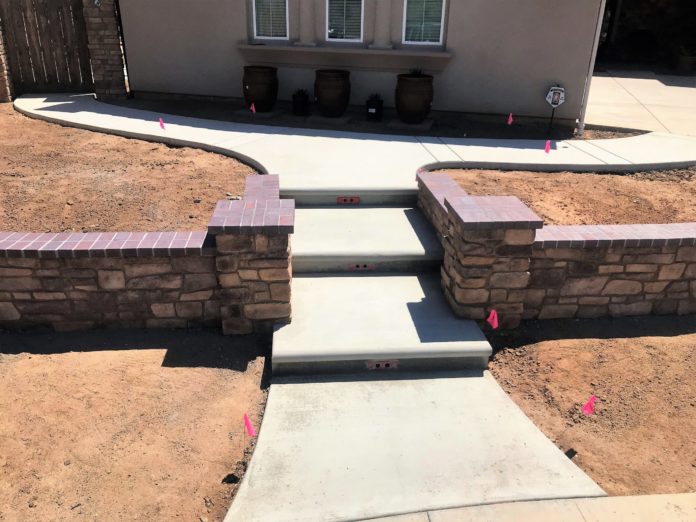Many people think that building a retaining wall is something very easy. But if the height of the retaining wall is more than 1m it should be designed by a civil engineer. Usually retaining walls are used to support soil laterally at various different levels on both sides of the wall.
The retaining wall engineering deals with the walls which provide support to the terrain. The main characteristic of the retaining wall is it has to withstand the pressure exerted by soil. Another key point is the drainage system behind this wall should be good, as there should not be excess pressure on the wall other than from the soil.
Main Parts of the Retaining Wall
- The main parts of the retaining wall include the stem and its base.
- At the front portion, there will be a toe and to the back, there will be a heel.
- At the base, the stem will be supported and the wall will be tapered towards the top.
Main Purposes of the Retaining Wall
As discussed above, a retaining wall is used to hold back the soil. The structures of the walls are more complex than that. Along with this, there are many other purposes that can be achieved by using retaining walls.
- This retaining wall engineering makes it easy to access the slope areas as if they have become flat now.
- Many states allow retaining walls that are near a water body even to regulate the water flow.
- The main benefit of this is it can prevent soil erosion in sea areas as this wall can hold back soil from coming down and eroding the soil.
- In some cases, people install retaining walls as they make a good area where people can hang decorations and use lights to enhance their home’s design.
When to Replace a Retaining Wall?
Usually retaining walls last a few decades. But eventually, they will need replacement. Some of the signs when they have to be replaced include;
- When the wall is leaning because of the tree roots and failed footing.
- Sometimes small cracks will be formed, But if these cracks are more than a quarter-inch wide and depth and the length is more than 2 feet, that means that wall is prone to damage.
- This retaining wall engineering design sags at a specific spot which means the footing failed at that specific spot. In most cases, only the affected area can be rebuilt by a structural engineer or a professional. But in worst cases, there may be a requirement to replace the whole retaining wall.
- When there is water pressure that is built up behind the wall, such a scenario is often termed bulging. When there is a lack of anchoring in the interlocking blocks also the same phenomenon occurs. In that case, the wall can be saved by carefully excavating only the problem, but sometimes replacement will also be required.
Conclusion
Retaining walls are used to hold back soil or water on either side or sometimes on both sides as well. They are designed to fight against three types of pressures namely, earth pressure, Active earth pressure, and Passive earth pressure. They come in various types, shapes, and sizes depending on the requirement and the site quality where they have to be built.


